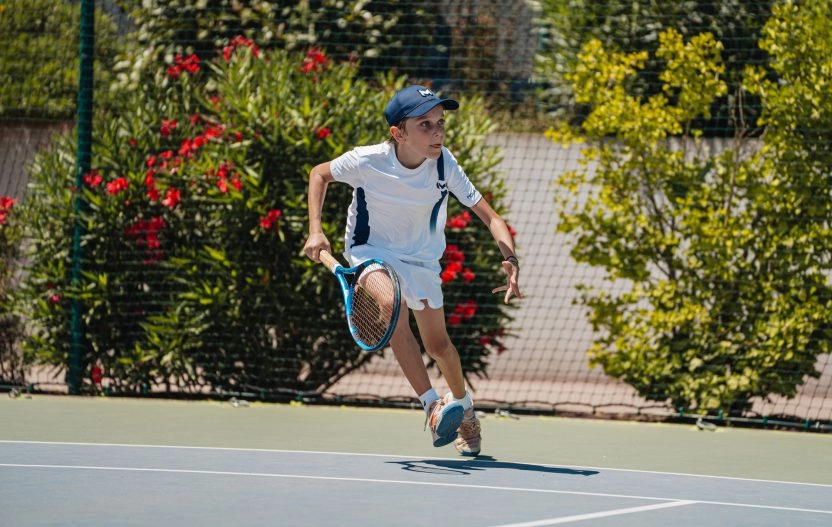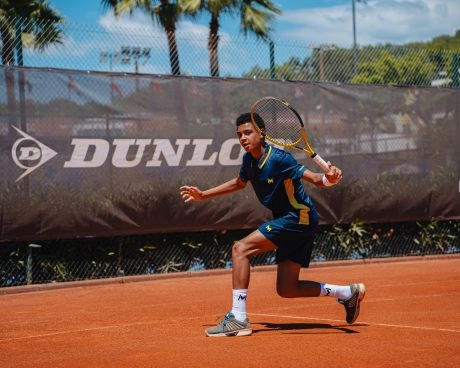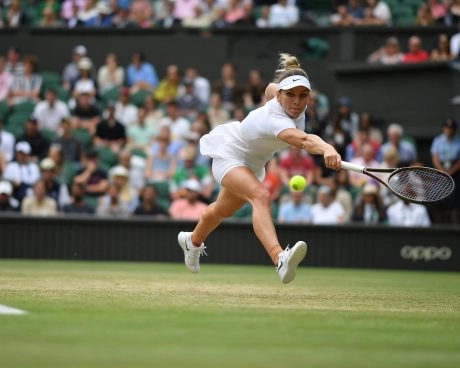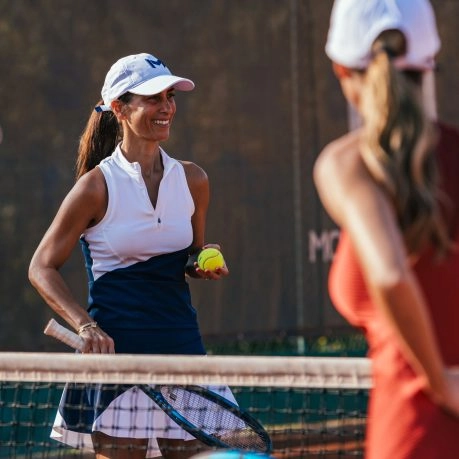Keep the ball in play
The first rule of good tactics is to keep the ball in play as long as possible. Long rallies tire out your opponent, especially mentally. The constant pressure of a long rally often forces your opponent to make mistakes. By keeping your shots consistent and avoiding unforced errors, you maximise your chances of winning points without having to take excessive risks. As well as tiring your opponent physically, this approach forces him to remain concentrated at all times, increasing the likelihood of a mistake under pressure.
























